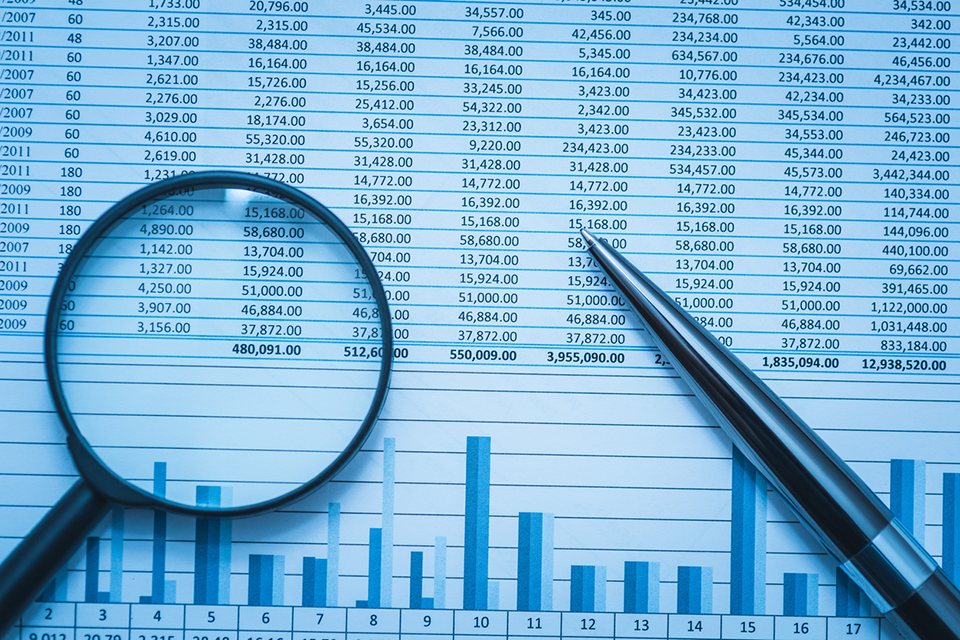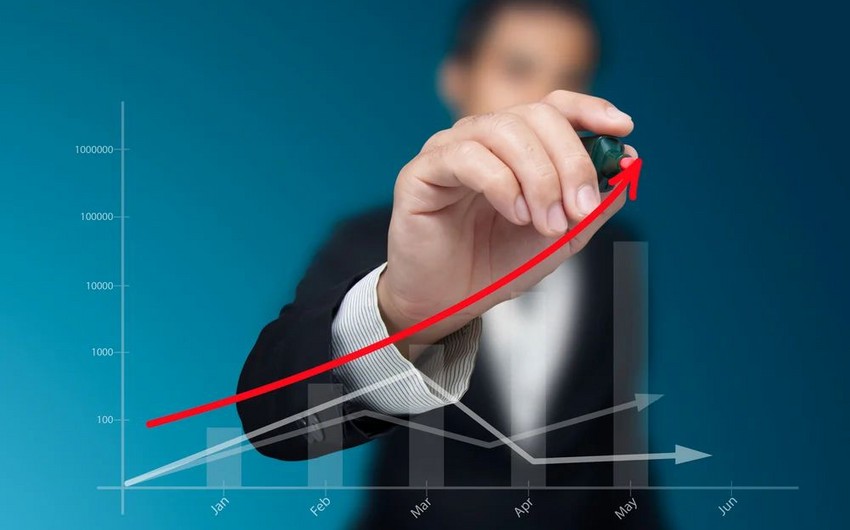At its meeting on March 29, the Central Bank of Azerbaijan (CBAR) is expected to again raise the refinancing rate by 25 bps to 8.75%, said Gulnara Khaidarshina, chief CIS economist and deputy head of research at Russia’s Gazprombank, Report informs.
“We see the following arguments in favor of such a decision: 1) the reversal of inflation toward acceleration; 2) persistently high dollarization of household deposits amid a negative real rate; and 3) the unstable downtrend in the money supply.
Given the emergence of signs pointing to economic slowdown and the persistence of the disinflationary trend in the food and non-food segments, we do not exclude some softening of the tone in the press release with a signal of a possible pause in monetary tightening,” she noted.
At its February meeting, the CBAR pursued with normalization of monetary conditions and expectedly hiked the refinancing rate by 25 bps to 8.5%. In addition, in order to fine-tune monetary conditions, the Central Bank raised the lower bound of the interest rate corridor by 50 bps to 6.75% and the upper bound by 25 bps to 9.5%.
This move expanded the CBAR's ability to regulate lending activity in the economy.
“Following the previous meeting, the Central Bank noted that the decision to again raise the refinancing rate stemmed from the fact that the actual economic growth rate had exceeded the potential level amid stimulatory fiscal policy and a significant FX inflow to the local market. We note that the CBAR then signaled a possible pause in monetary tightening in case of a persistent disinflationary trend. That said, inflationary pressure on the economy intensified in February, which keeps the issue of rate hikes on the agenda,” she added.

Inflation in February reverted to acceleration and remained above both the refinancing rate and the CBAR’s target range. Price growth accelerated to 14.1% YoY in February after a deceleration in November-January and gained 0.5 pps MoM, fueled mainly by service tariffs, she said.
“Food inflation in Azerbaijan decelerated to 17.1% YoY, down 0.4 pps MoM. Slower growth was shown by prices for buckwheat, eggs, beets, as well as sunflower and corn oil. At the same time, prices for meat, dairy products, sugar and confectionary, as well as tea and non-alcoholic beverages continued to accelerate.
In the non-food segment, inflation in February halted acceleration and stabilized at 12.2% YoY. That said, prices for household appliances, construction materials and detergents continued to rise.
Growth in the services segment accelerated by 1.7 pps to 11.4% YoY amid higher transportation fares and utility tariffs. However, this trend was somewhat mitigated by slower growth of international air travel prices.
We also note that inflation remains beyond the CBAR target corridor (4% +/-2 pps), exceeding its upper bound by 810 bps and the refinancing rate by 560 bps.”
Dollarization of household deposits resumed its downtrend, but remains elevated, she noted.
“According to CBAR data, the volume of AZN-denominated household deposits in January grew by 0.9% MoM and 22.2% YoY. This facilitated a downward reversal in dollarization of household deposits following its increase in November-December. As of early February, the share of FX household deposits decreased to 38.8% from 39.2% as of end 2022 and returned to the lowest levels since the onset of the pandemic. To remind, a meaningful increase in dollarization of deposits is one of the factors that the leading rating agencies see as capable of exerting pressure on Azerbaijan's sovereign ratings. A rate hike will help ensure the maintenance of dollarization of deposits at below 40%.”
Money supply started to revert, albeit this trend is still unstable, she said. “Stimulatory fiscal policy has resulted in money supply growing 1.8x to 22% of GDP in AZN terms since the onset of the pandemic. We note that the budget deficit for this year is planned at 2.4% of GDP (last year, it amounted to 1% of GDP).

In January, after two consecutive 25 bps rate increases, broad money started to decline (-2.2% MoM). We believe that this trend is unstable and requires further consolidation. In addition, money supply growth remained strong in annual terms and amounted to 25.1%,” she added.
“Economic activity remains in positive territory, but a rate hike requires caution. At its February meeting, the CBAR pointed out to signs of economic overheating that emerged last year. That said, economic growth in January-February adjusted downward to 0.4% YoY. The positive growth rate was fueled by the non-oil and gas sector, which grew by 4.6% YoY thanks to fiscal incentives and the inflow of tourists. Meanwhile, the oil and gas sector saw a negative trend in 2M23, with its portion of GDP decreasing by 3.6% YoY over the period. We believe that in these conditions the CBAR will continue its cautious stance with regard to rate increases, limiting them to no more than 25 bps at a time.”
“Given the factors listed above, the CBAR on March 29 may again hike the rate by 25 bps. Its gradual increase will help avoid excessive pressure on economic growth. At the same time, in view of the persistence of the disinflationary trend in the food and non-food segments, we do not rule out some softening of the tone in the press release with a signal of a pause in rate hikes.”


 https://static.report.az/photo/dc7a807e-35c9-343b-896a-10c26f7e5090.jpg
https://static.report.az/photo/dc7a807e-35c9-343b-896a-10c26f7e5090.jpg

